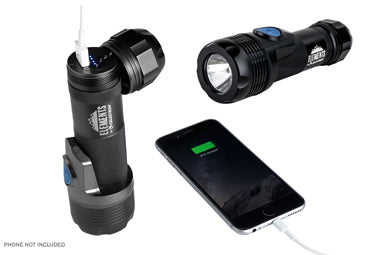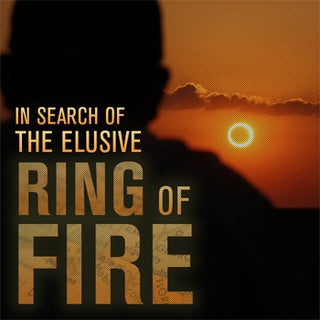Eclipse Terminology
October 4, 2022

Totality? Annularity? Syzygy? Witnessing a solar eclipse is an awesome experience but learning all the jargon sometimes isn’t. That’s why we’re breaking down all the terms you need to know in plain English.
What’s happening during an eclipse?
A solar eclipse occurs when the Moon passes directly in front of the Sun, casting a shadow onto the surface of the Earth.

New Moon — The lunar phase when the Moon is between the Earth and Sun, forming a straight line (see above). Solar eclipses can occur only at New Moon.
Syzygy — The alignment of any three celestial bodies. A solar eclipse is a syzygy of the Sun, the Moon, and the Earth.

Umbra — The dark inner region of the shadow cast by a Solar System object illuminated by the Sun (such as the Moon).
Partial Solar Eclipse or Penumbra — The less dark outer region of the object’s shadow.
Saros Cycle — A period equal to 6,585.3 days (18 years, 11 days, 8 hours) when eclipses repeat their same path.

Corona — A shell of thin gas that extends out from the Sun’s surface, normally only visible during totality.
Chromosphere — The region of the Sun’s atmosphere between its photosphere and its corona; sometimes briefly visible just before or after totality as an intense red glow at the Moon’s edge.

Node — The point at which the Moon’s orbital plane intersects the ecliptic, the Earth-Sun plane. Eclipses can occur only near nodes.
Because the Moon’s orbit around Earth is elliptical, rather than circular, the Moon has two types of solar eclipses; total and annular.

Total Solar Eclipse — an eclipse that occurs at perigee, the point in the Earth’s orbit where the Earth lies closest to the Sun.
Annular Solar Eclipse — an eclipse that occurs at apogee, the point in the Earth’s orbit where the Earth lies farthest from the Sun.
The Five Stages of a Total Solar Eclipse:

- First contact: partial eclipse begins. The Moon begins to pass in front of the Sun, resembling a “cookie bite” in the solar disk.
- Second contact: total eclipse begins. The Moon’s contacts the opposite edge of the solar disk from first contact. Observers in totality may see Baily's beads just before the start of totality.
- Totality or maximum eclipse. The Moon completely covers the solar disk and observers enjoy their first glimps of Sun's corona.
- Third contact: total eclipse ends. The Moon starts moving away and the bright light of the Sun reappears. Observers in the umbra may see Baily's beads again as the partial eclipse resumes.
- Fourth contact: partial eclipse ends. The eclipse ends as the Moon exits the solar disk.
The path of the eclipse:

Path of totality — The path along which the Moon's shadow travels across Earth's surface. The path is usually about 10,000 miles (16,000 kilometers) long but only about 100 miles (160 kilometers) wide. To see a total eclipse, you will need to be in this path.
Centerline — The midpoint of the path of the path of totality (the Moon’s shadow on Earth) where the duration of totality is the longest.
Coordinated Universal Time (UTC) — Also known as Greenwich Mean Time (GMT), UTC is the primary time by which the world regulates clocks and time. Learn more here.
Things to see during a solar eclipse:

Baily’s beads — During a total solar eclipse, you’ll see this effect just before and just after totality, when only a few points of sunlight are visible at the edge of the Moon. Baily’s “beads” are caused by the last bits of light shining between the jagged edge of mountains and craters along the lunar surface.

Diamond ring — Just prior to second contact or just after third contact, a small portion of the Sun’s disk plus its corona produces this effect, which resembles a ring with a brilliant diamond solitaire.

Prominences — These are large, gaseous formations above the surface of the Sun, which usually occur over regions of solar activity such as sunspot groups.

Sunspots — These are regions of the Sun’s photosphere that are temporarily cooler and therefore appear darker. They’re brought about by variations in the Sun’s magnetic field.
Want more things to see during an eclipse?

Solar Observing Equipment:

There are several ways to observe a solar eclipse while keeping your eyes will be fully protected from the harmful rays of the Sun.
 |
Solar telescope — A telescope purpose-built for observing the Sun. |
 |
Solar binoculars — A binocular purpose-built for observing the Sun. |
 |
Solar filter — A circular disk of film that completely covers the main aperture of a telescope, allowing safe viewing of the Sun by blocking nearly all its light. |
For other equipment to use to view solar eclipses, click here.

























